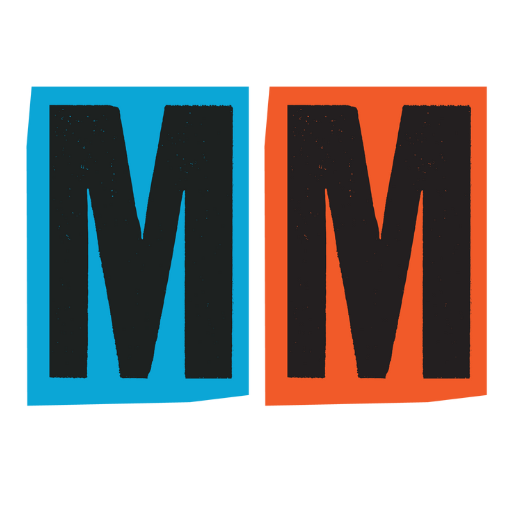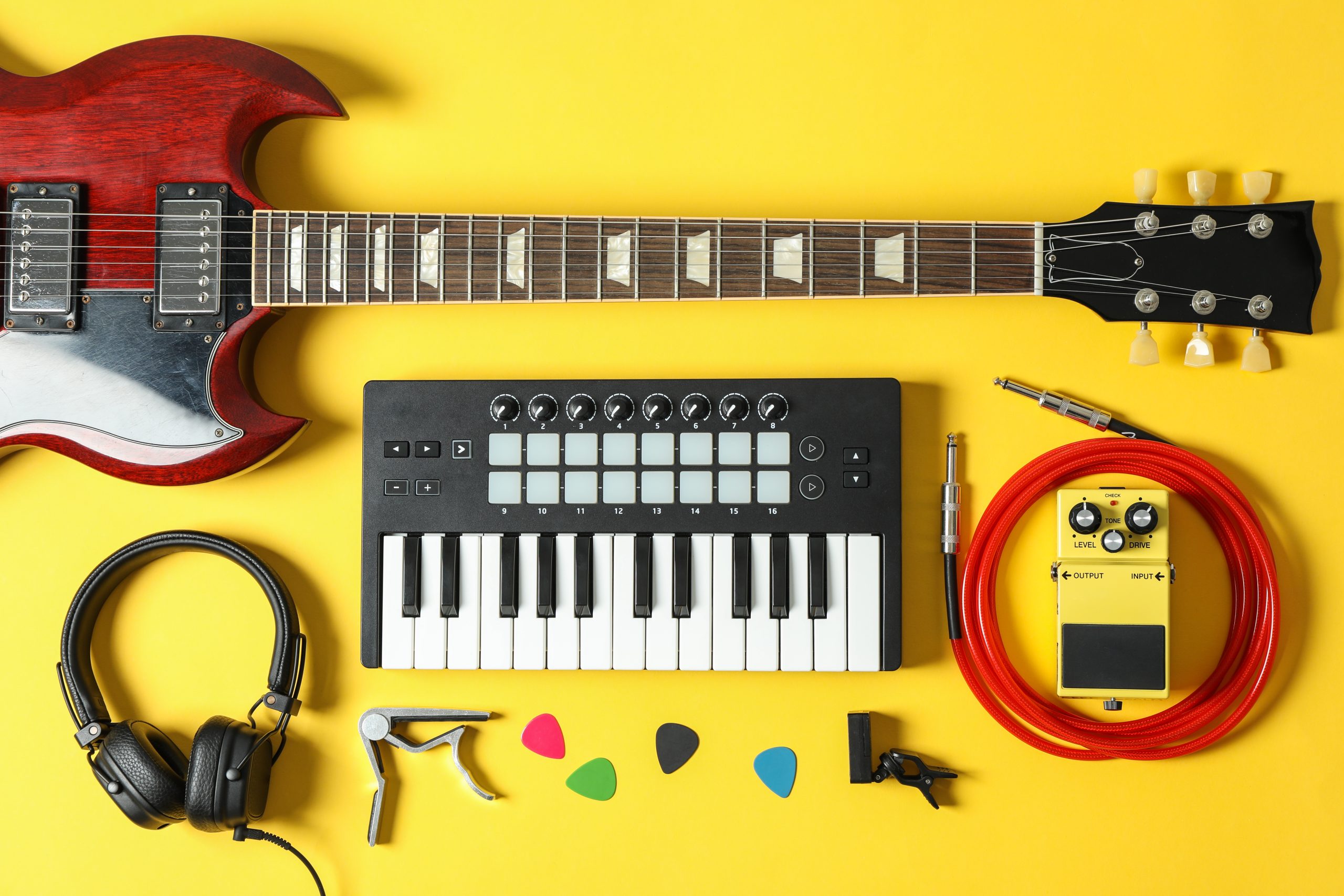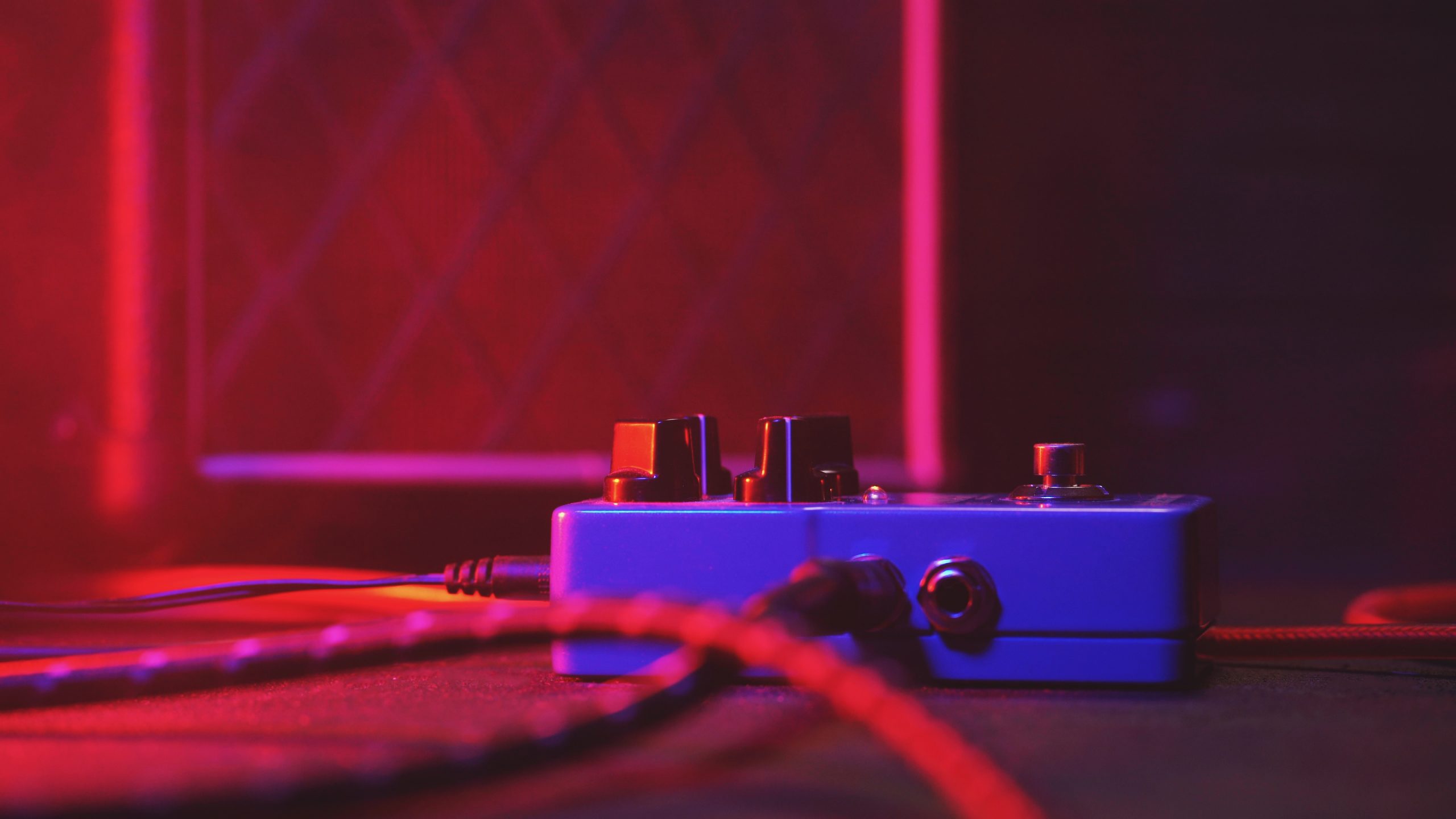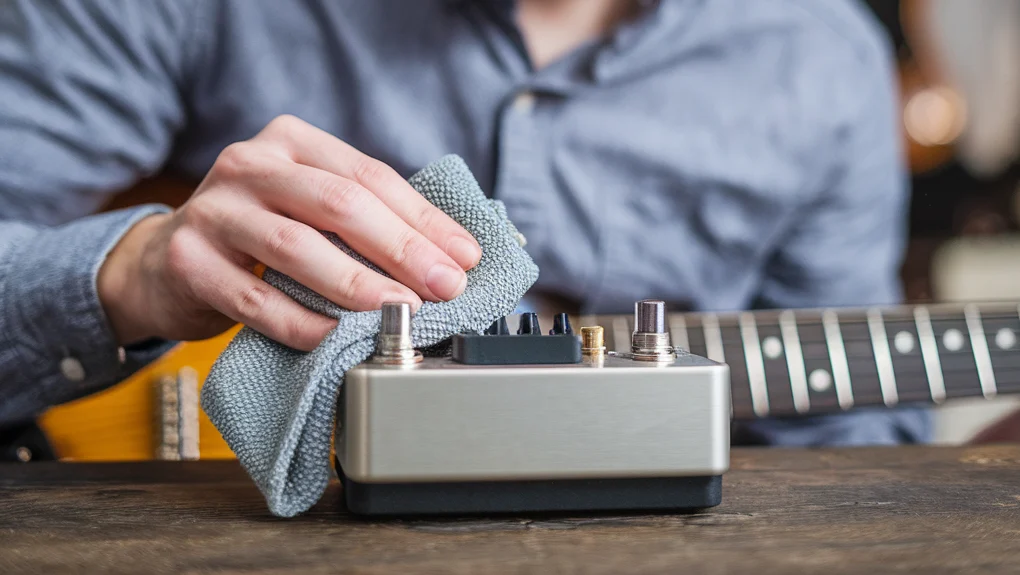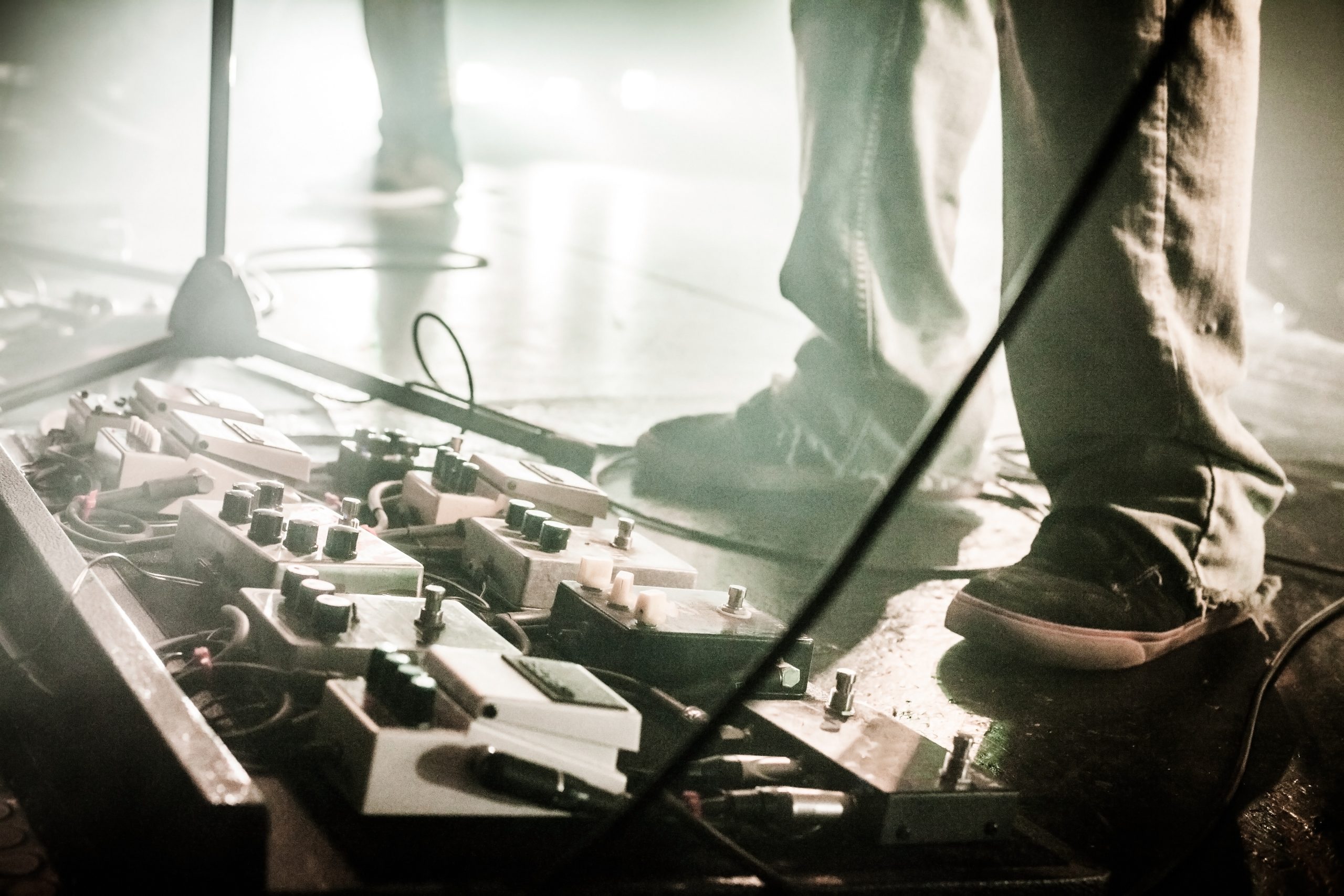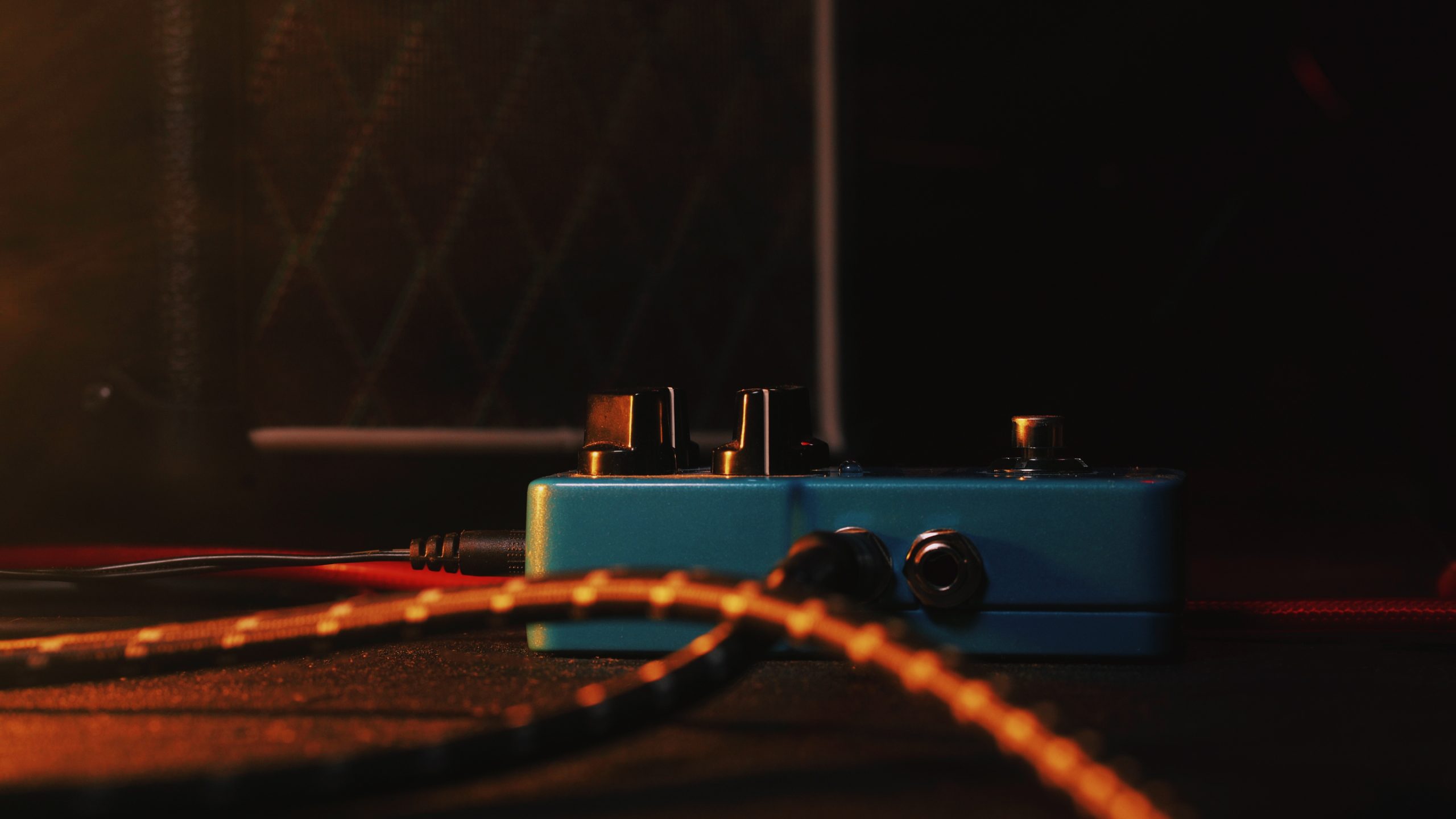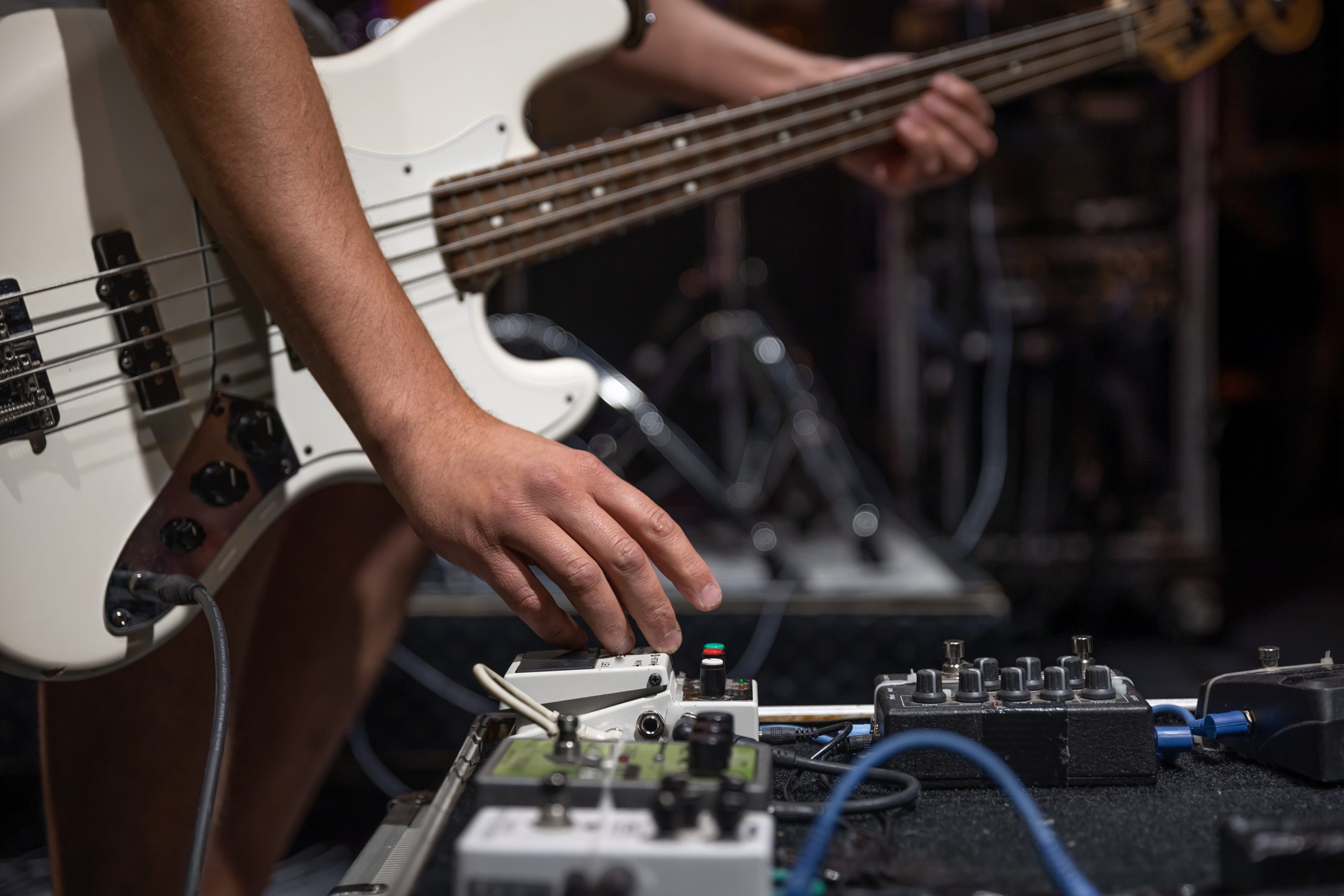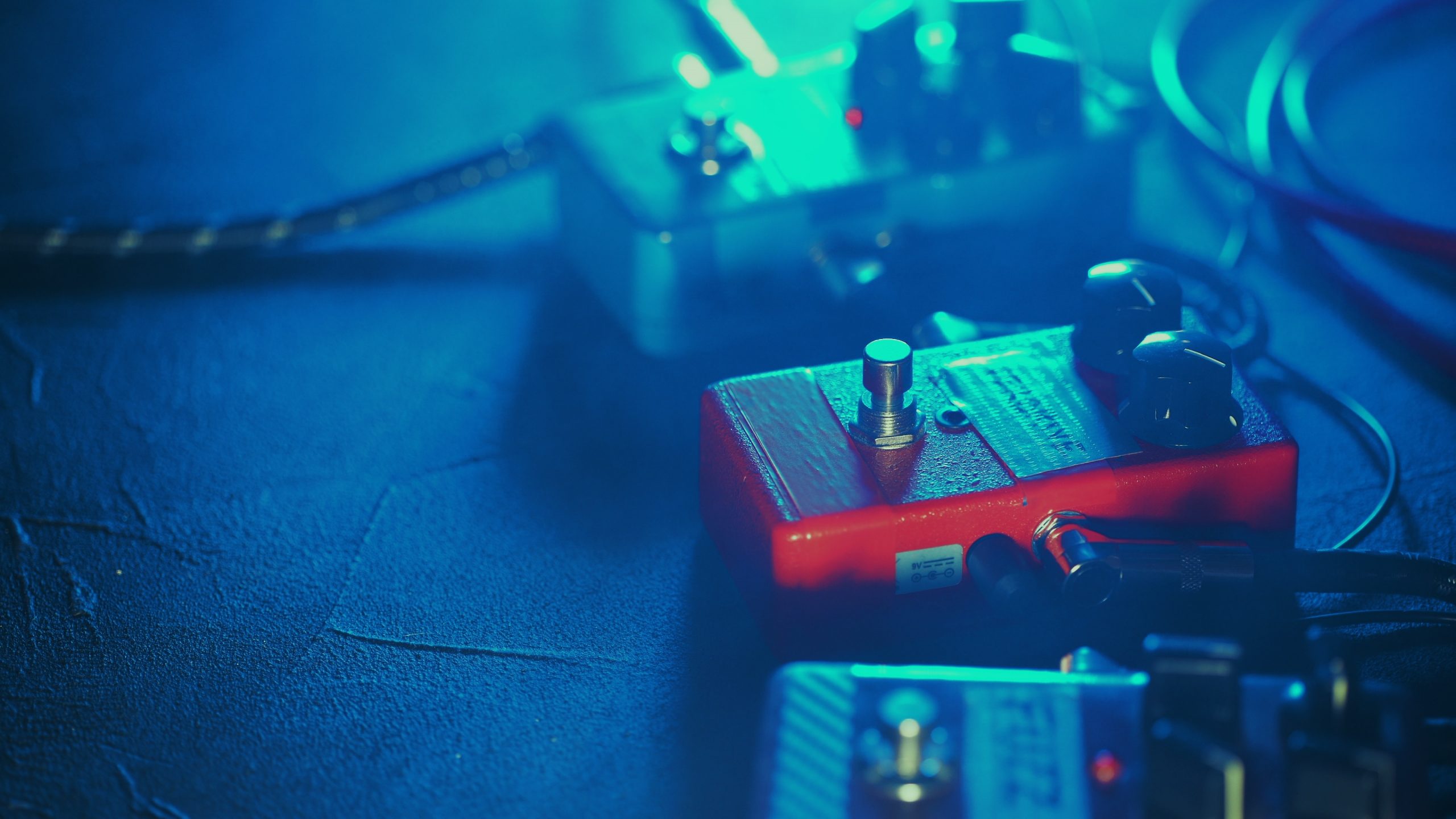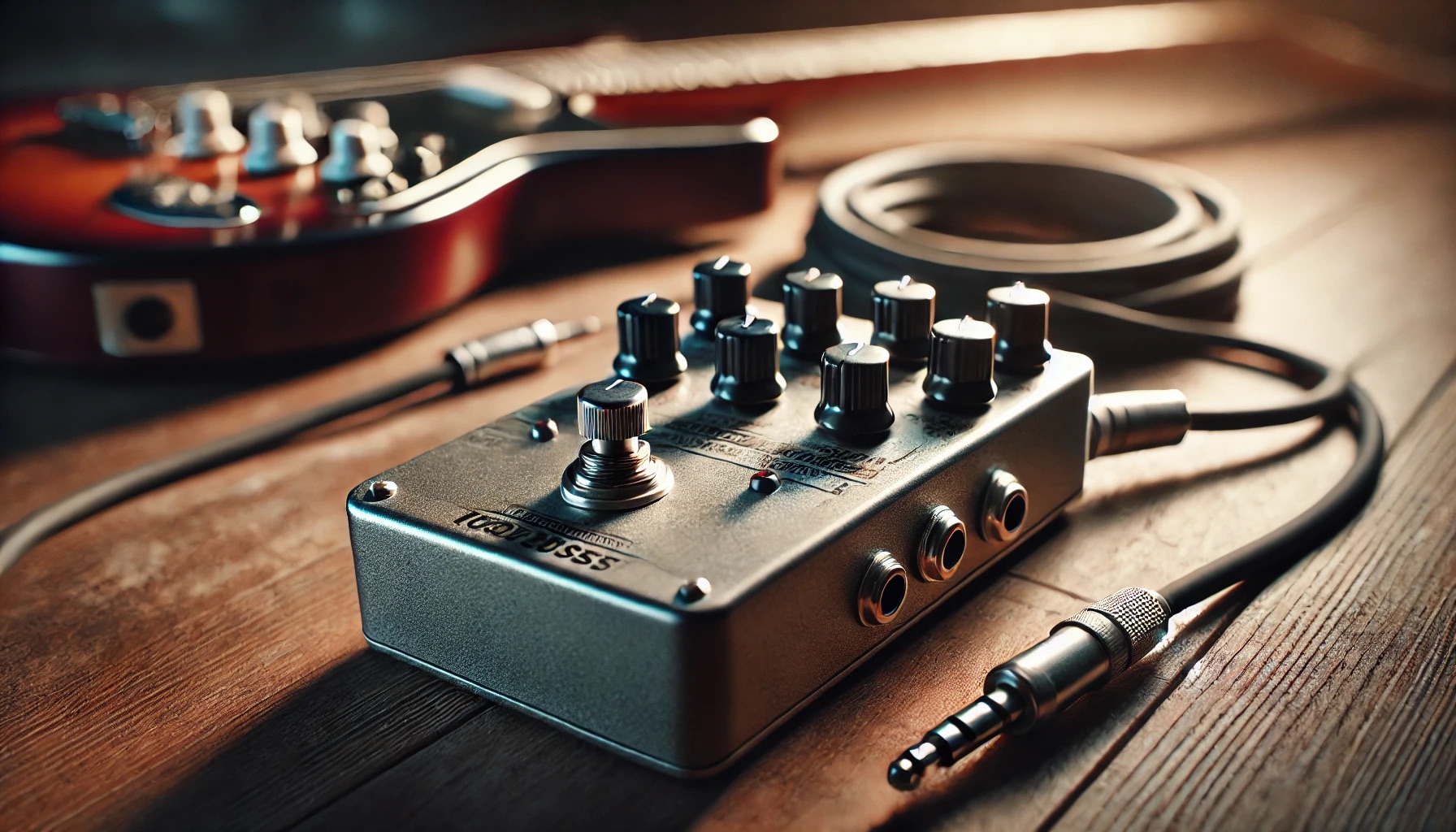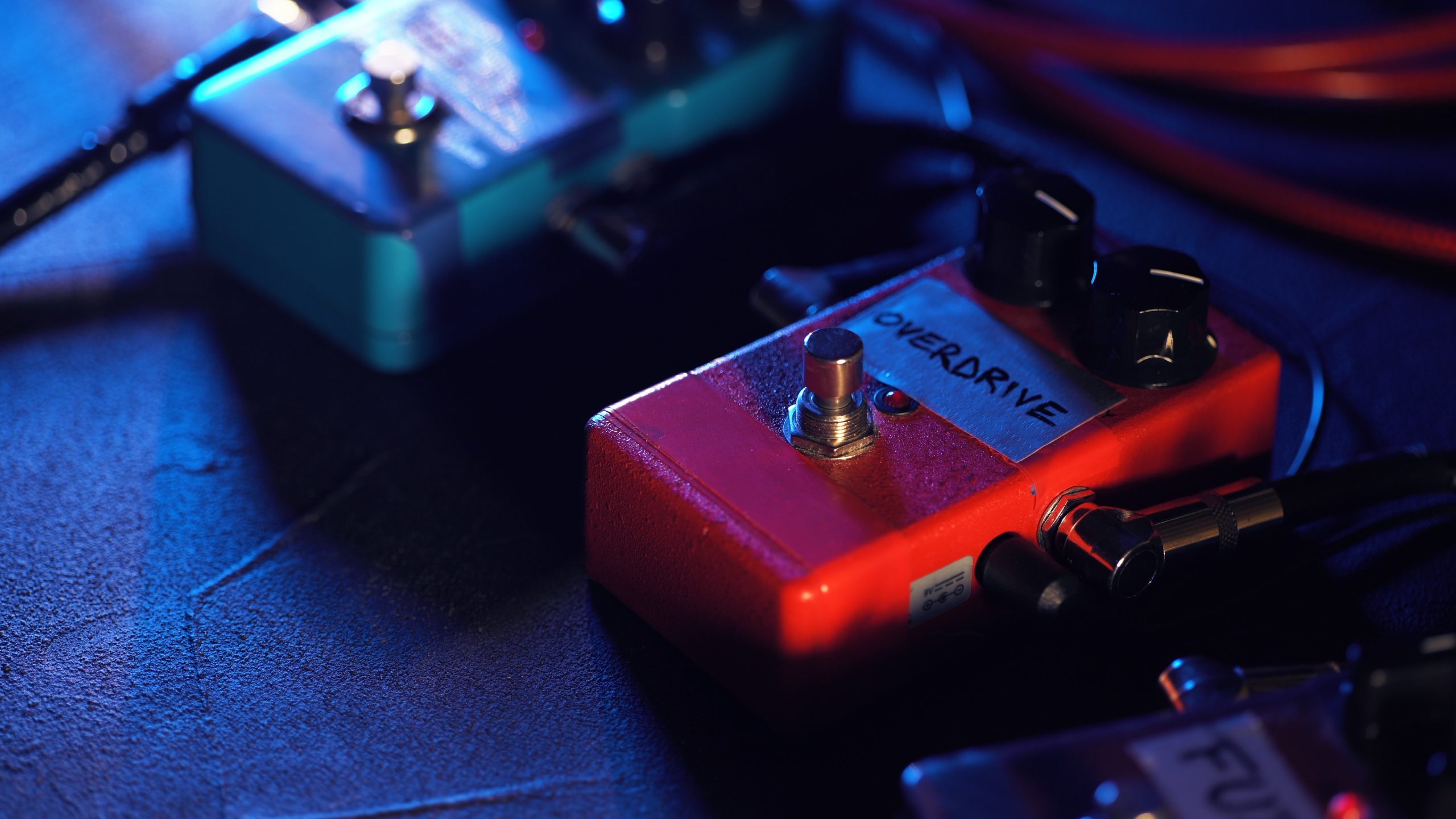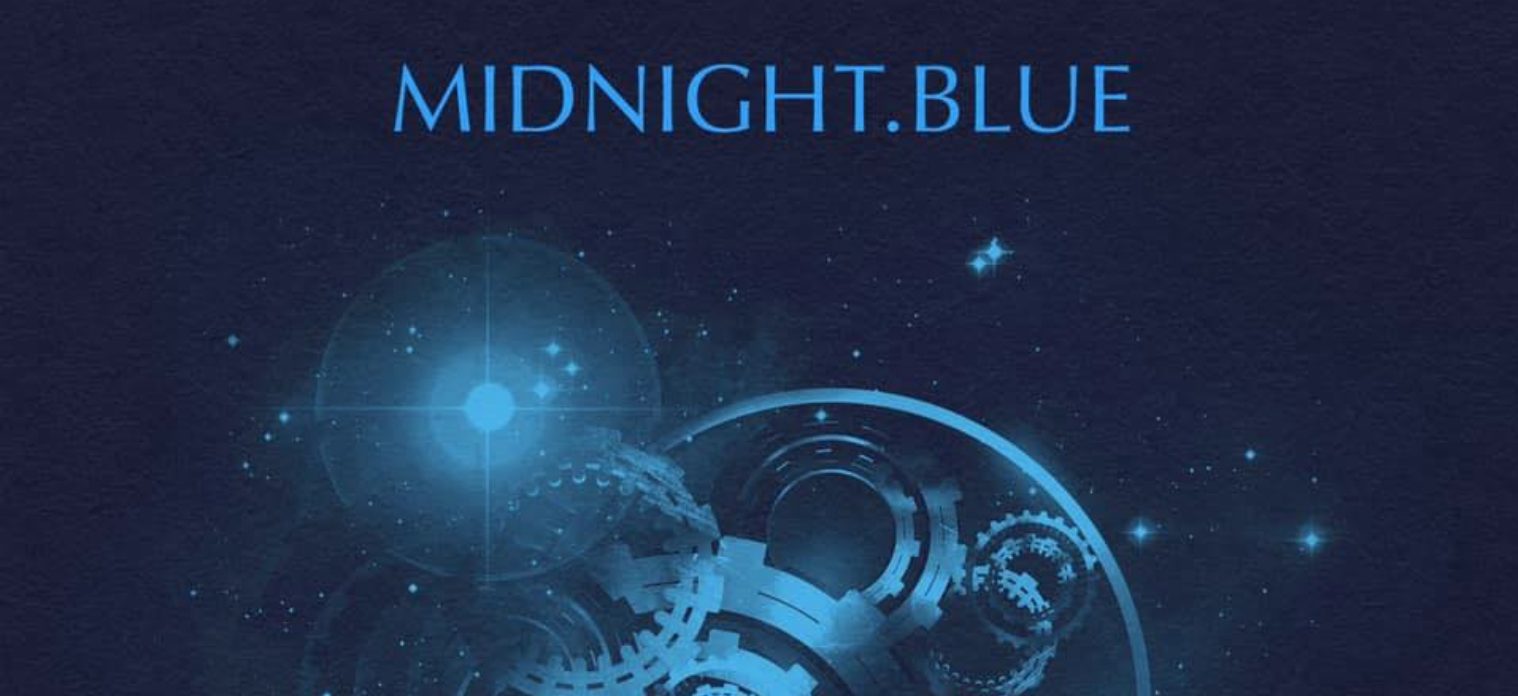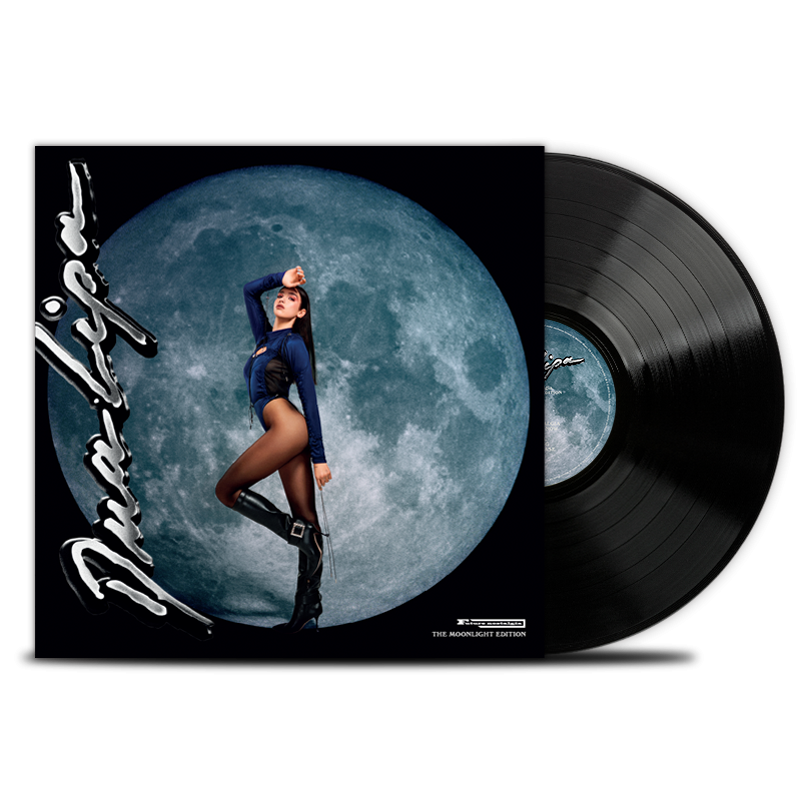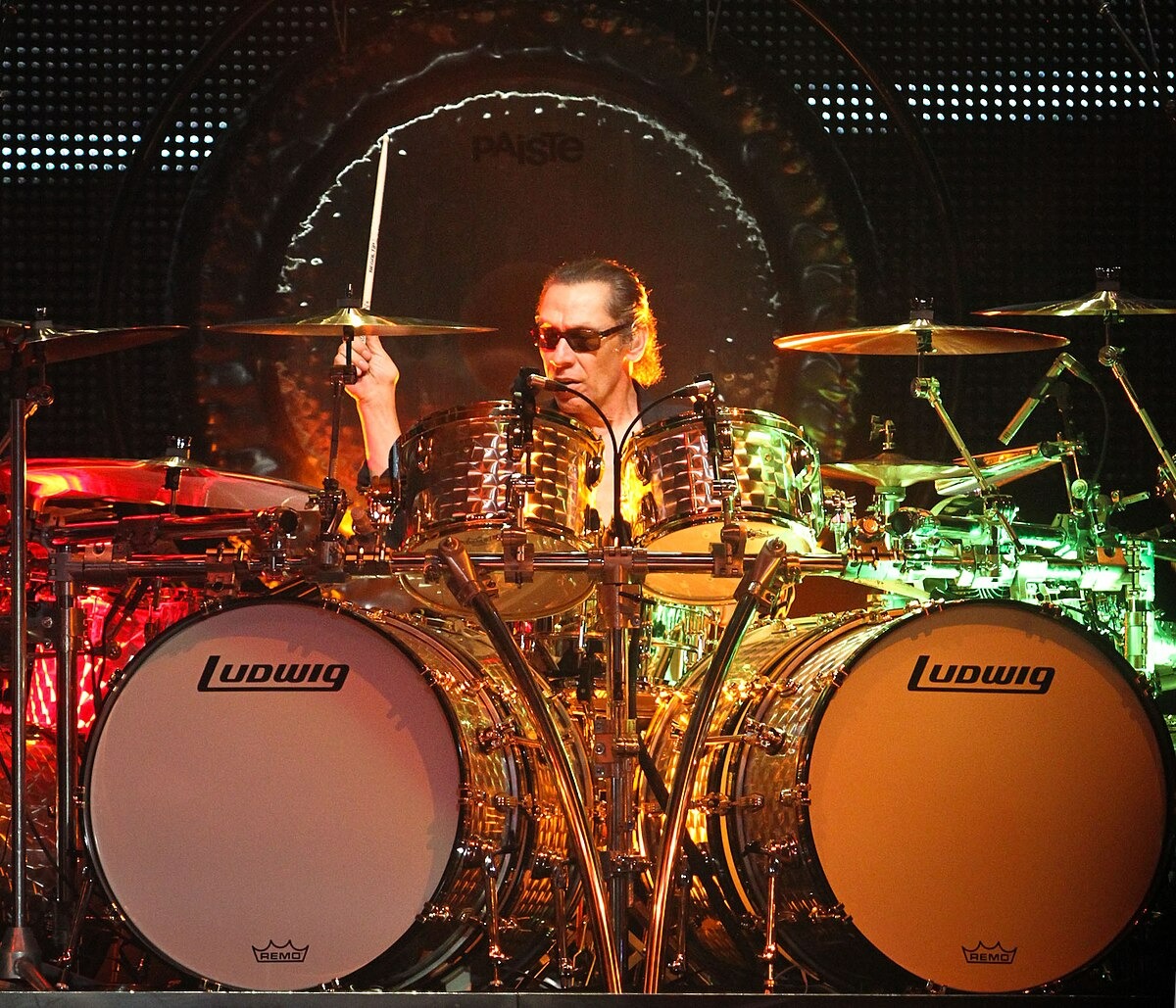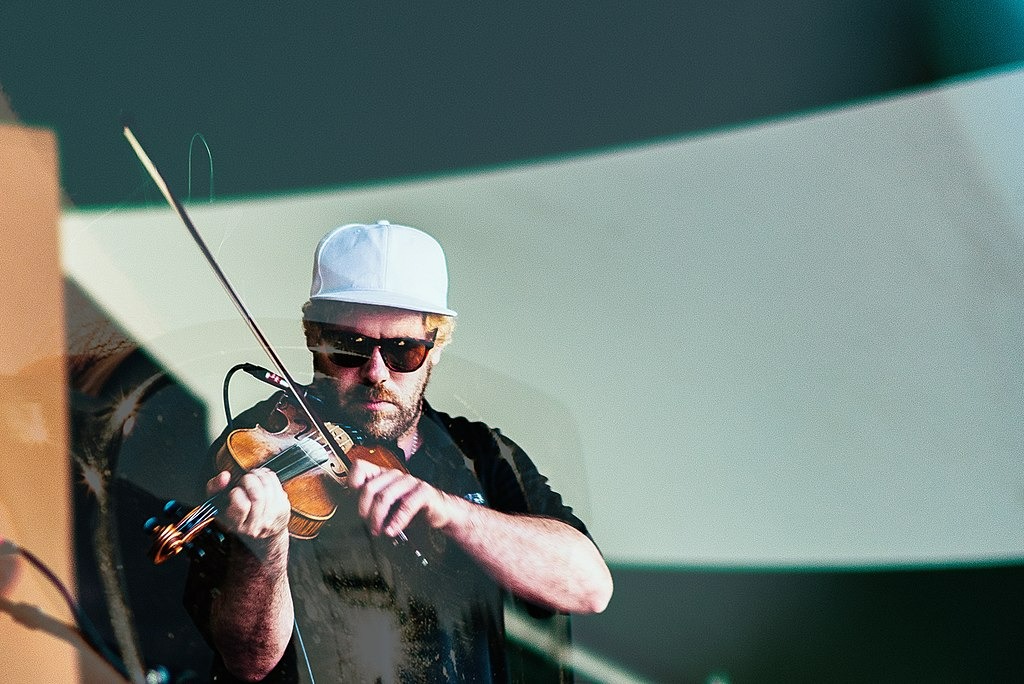KEY TAKEAWAYS
- Distortion pedals are extremely popular across multiple genres of music, including hard rock, metal, and more.
- These pedals are similar to, though not exactly the same as, fuzz pedals, overdrive pedals, and saturation pedals.
- Start controlling the pedal by setting all of the knobs to neutral positions and engaging the bypass switch. Start to explore electric guitar tones and distorted sounds via the output volume knob.
If you are new to guitar effects, you may wonder how to use distortion pedals. Many of the best guitars, after all, integrate with a vast array of effects pedals, including distortion and fuzz pedals. So why count distortion pedals as some of the best guitar pedals out there, and what are some tips for using these pedals? Keep reading to find out.
Why Use Distortion Pedals?
When you are looking for essential guitar pedals for metal, you no doubt run into distortion stompboxes. As a matter of fact, whenever you learn what guitar effects are used in songs, you run into overdrive, fuzz, saturation, and of course, distortion. This is the most popular type of pedal out there, so you won’t have to learn how to use a wah pedal as you tackle the basic concepts of distortion.
Distortion does, however, increase the volume in some cases, so consider learning how to use a compressor pedal along with your fuzz pedal.
Using Distortion Pedals
Each pedal is different, but they all engage in similar concepts. With that said, here are some universal tips for using distortion boxes.
Check Instrument Cables
Make sure you have instrument cables, also called guitar cables, that are in good working order. Give them a test with your guitar amp to make sure they produce a sound with no hissing or humming. Remember, you need two cables here. One goes from the guitar to the pedal, and the other from the pedal to the amp or audio interface. Try out both. While you are at it, check the power supply to make sure that it is working.
Power it On and Set Your Amp
Now, plug the power supply into an outlet or insert a 9-volt battery into the pedal’s battery compartment. Set your amp so that it does not interfere with the distorted signal. Use the clean channel, if available, and set the volume to a reasonable level. Don’t set it to its highest level to give the signal chain some headroom.
Stomp and Adjust
Set all pedal levels to neutral, which is typically illustrated as the center of the dials or knobs. Stomp on the bypass switch to engage the pedal and start adjusting various parameters to find a sound that suits your fancy. You can also adjust various parameters on your amp to create unique soundscapes.
Distortion Stompbox FAQs
What is a distortion pedal?
Simply put, this type of pedal takes clean sounds and crushes them to create pleasing distortion or saturation, which translates to useful amp sounds.
How do you connect pedals to each other?
For even more harmonic overtones, connect multiple pedals together using smaller guitar cables, a pedal board, or a daisy chain system. This allows you to connect clean boost pedals, EQ pedals, effects loops, and more.
Do I need a power supply?
If you want distorted sound, you need a power supply of some kind to ensure an input signal and various gain stages. Use a dedicated power cable or a battery.
STAT
“Distortion directly affects your guitar’s signal, bringing in harmonic overtones and clipping. Depending on what model is used, distortion can be sharp, muddy, rough, or even ‘accurate’ to some degree.” (source)
TIP: Remember, a little bit of distortion goes a long way, so start small and work your way up from there.
Sources:
https://sirenpedals.com/blogs/pedals/how-to-use-a-distortion-pedal
https://en.wikipedia.org/wiki/Distortion_(music)
https://circuitdigest.com/electronic-circuits/guitar-distortion-pedal-circuit-diagram
https://blog.andertons.co.uk/learn/distortion-pedal-beginners-guide
https://www.wamplerpedals.com/blog/music/2020/05/gain-stacking-101/
